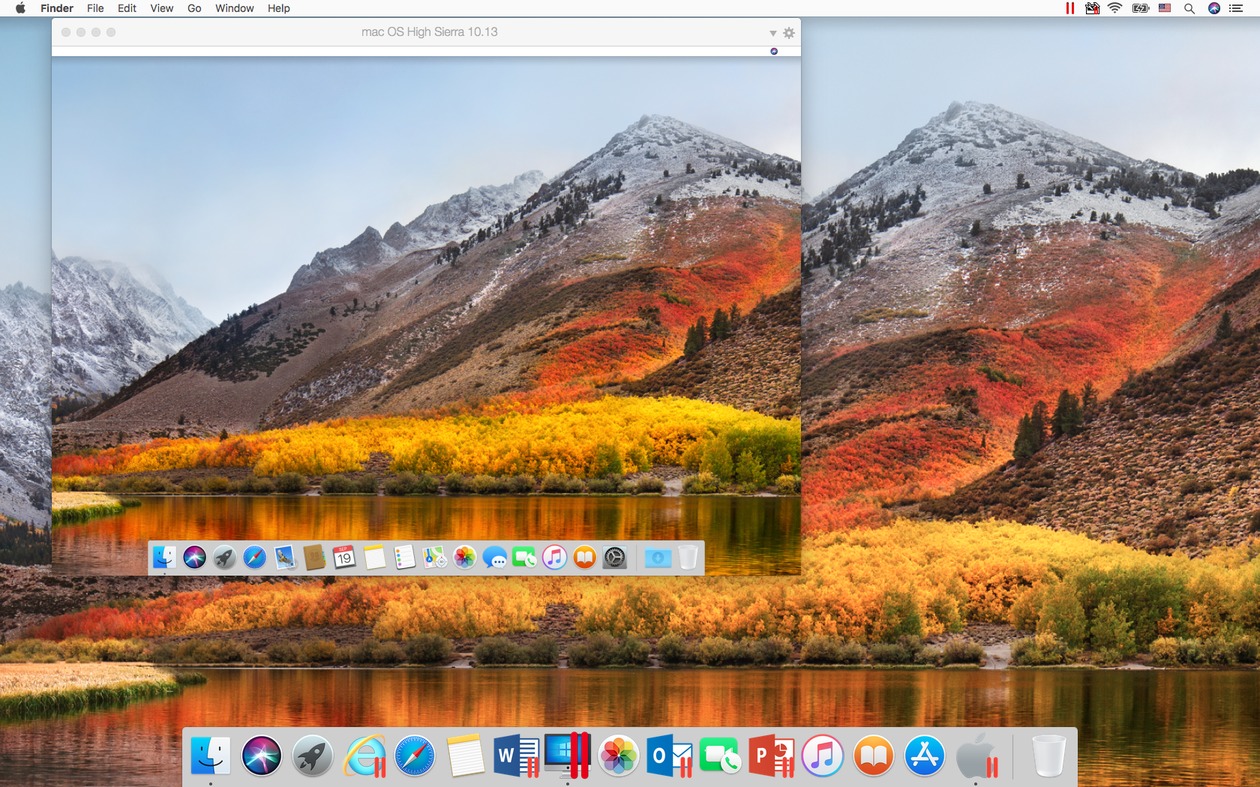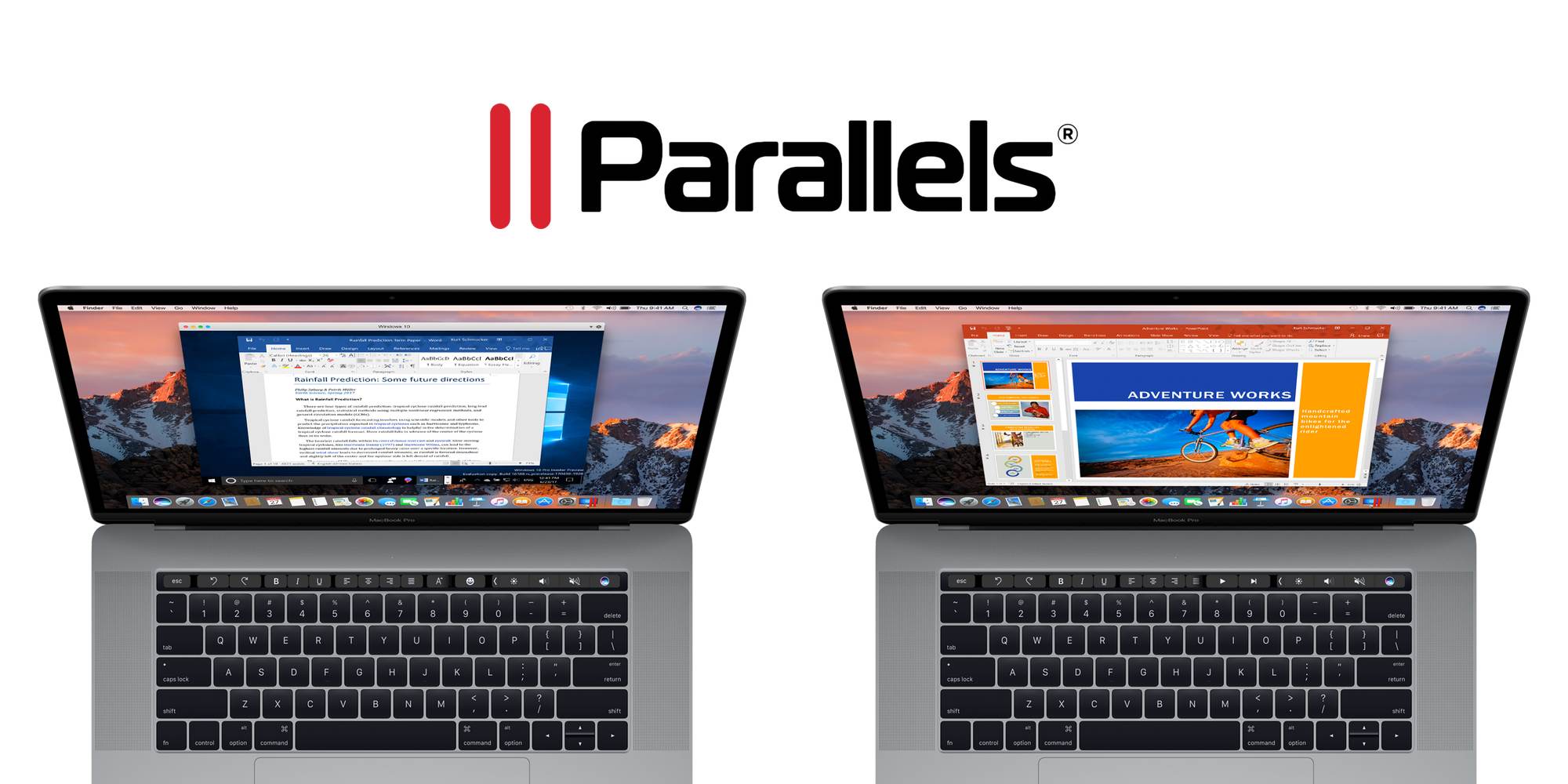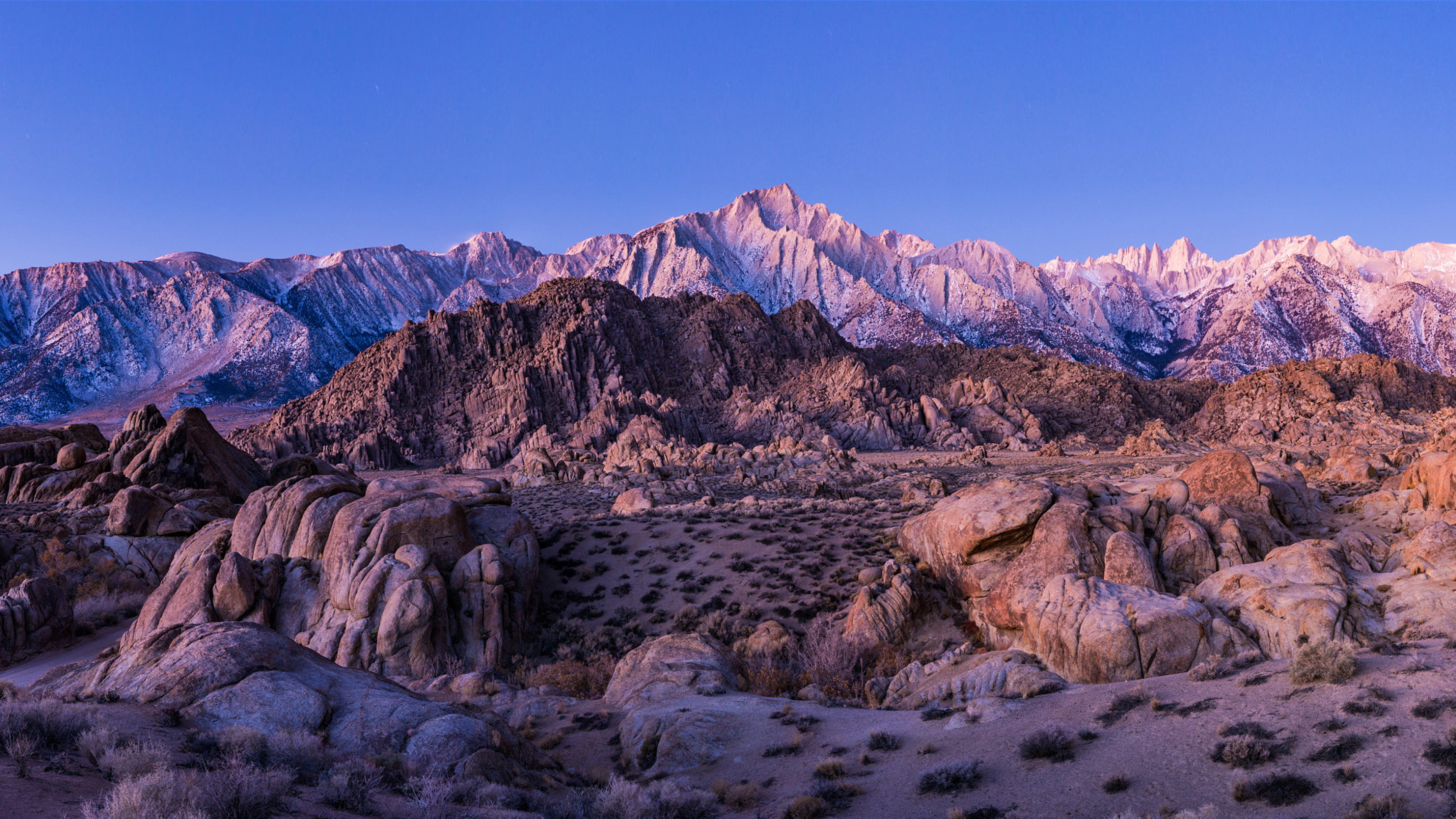- Parallels For High Sierra
- Parallels For High Sierra Mac
- Parallels For High Sierra Windows
- Parallels 8 High Sierra
High Sierra is finally available! If you are reading this post, then you probably want to know if Parallels Desktop® 13 for Mac supports macOS® High Sierra. The quick answer is yes! Parallels Desktop 13 fully supports macOS High Sierra, both as a host OS and guest OS. The more detailed answer is in the rest of this post.
'Parallels Desktop is the easiest. MacOS Mojave 10.14, or macOS High Sierra 10.13. Apple M1 chip, Intel Core 2 Duo, Core i3, Core i5, Core i7, Core. Hey Kent, Thanks for your feedback. Yes, in Parallels Desktop 16 you can install Mac OS X Snow Leopard 10.6.x. For these OSes you don't need to install the Server version: macOS Big Sur 11.0 (when released), macOS Catalina 10.15, macOS Mojave 10.14.x, macOS High Sierra 10.13.x, macOS Sierra 10.12.x, OS X El Capitan 10.11.x, OS X Yosemite 10.10.x, OS X Mavericks 10.9.x, OS X. Parallels Mac Management Releases Prior to v6.1. Releases prior to v6.1 are not officially supported on macOS High Sierra. If you need to manage macOS High Sierra devices you must upgrade to Parallels Mac Management 6.1 (or newer). At the time of writing, we are aware of the following compatibility issues with macOS High Sierra.
Terminology Check:
'Guest OS' means an operating system running in a Parallels Desktop virtual machine.
Parallels Desktop for Mac Pro Edition is the easiest and most powerful application to run Windows on Mac for developers, testers, and experienced power users. Specifically tailored for users who need the best performance and extended functionality for running non-Mac applications on Mac.
'Host OS' means the operating system running on the Mac®. You install Parallels Desktop on the host OS.
High Sierra was first shown to the world in June 2017 at the Apple Worldwide Developers Conference. Since that announcement, Apple® has provided developers with nine High Sierra beta releases, so that they can test their applications with High Sierra and provide Apple with details about any issues found and with suggestions for future work.
Although it was not generally known at the time, the Parallels team was into development of Parallels Desktop 13 when High Sierra was first announced. We eagerly downloaded each beta release and tested High Sierra as both a host OS and guest OS with early builds of Parallels Desktop 13. As expected, issues were found and they were fixed.
How to change perspective after effects. At one point during the development of Parallels Desktop 13, I was running a beta release of High Sierra on my Mac, a beta release of Parallels Desktop 13, and a Windows 10 beta release (called an 'Insider Preview' by Microsoft) as a guest OS—and a beta release of High Sierra as another guest OS. This is really life on the bleeding edge!
Because of these early releases of High Sierra by Apple and the early releases of Windows 10 Insider Previews by Microsoft, we were able to ensure that Parallels Desktop 13 was ready for High Sierra as soon as it was released to the public by Apple. Our thanks to both of our partner companies for these early releases.
Here are a number of screenshots of Parallels Desktop 13 running on macOS High Sierra. The figure captions describe what is going in each screenshot.
Figure 1_Using the new Windows 10 People Bar support in Parallels Desktop 13 on macOS High Sierra
Figure 2_Using the new Picture-in-Picture view in Parallels Desktop 13 on macOS High Sierra
Figure 3_Window 7 and macOS High Sierra running in Parallels Desktop 13 on macOS High Sierra
Figure 4_macOS High Sierra running in Parallels Desktop 13 on macOS High Sierra
Figure 5_Word for Windows 2016 in Windows 10 running in Parallels Desktop 13 on macOS High Sierra
Figure 6_Parallels Toolbox for Mac 20 on macOS High Sierra
Figure 7_Windows XP and Mac OS Lion running in Parallels Desktop 13 on macOS High Sierra
Figure 8_Windows 10 and Windows XP running in Parallels Desktop 13 on macOS High Sierra
There is still one issue with running Parallels Desktop 13 on a High Sierra Mac: You must manually allow Parallels Desktop to install a system extension. The details are explained here. Please make sure you follow those recommendations.
You can make your decision about when to migrate to High Sierra without worrying if Parallels Desktop 13 supports it. Tell us about your High Sierra migration in the comments.
Want to try High Sierra with Parallels Desktop 13? Download a free 14-day trial!
When macOS High Sierra was released around 25th September, I tried to install it in Parallels Desktop Lite. However, both a clean install in a Parallels Virtual Machine (VM), nor an in-place update did not work (the High Sierra VM would refuse to boot). I discovered the High Sierra installer converts the VM file system to Apple File System (APFS). However, Parallels does not support APFS, so here's how to disable the conversion and get High Sierra running in a Parallels.
I couldn't find any info on the Parallel's documentation except that one has to upgrade to Parallels Desktop 13 (paid) instead of Lite (free).
Method 1: Upgrade macOS Sierra VM to High Sierra

Parallels For High Sierra
Parallels has an automated wizard that creates a macOS Sierra VM with absolutely no hassle. So, the easiest method to get a High Sierra VM is to upgrade from Sierra in-place.

First, you need a running macOS Sierra VM running in Parallels Desktop Lite. See this post for guidance to setup a virtual macOS.
In the VM, download High Sierra from the Mac Store, or follow this URI macappstores://itunes.apple.com/app/id1246284741 The installer will be in
Applications(or copy a previously downloadedInstall macOS High Sierra.apptoApplicationsin the VM).Still in the VM, run
terminaland enter:
This will start the installation process, without converting to APFS!
The VM will reboot and if all goes well, congratulations! You are running High Sierra!
As always, don't blindly follow anything on the Internet - verify everything yourself!
In this case, check what the command does with /Applications/Install macOS High Sierra.app/Contents/Resources/startosinstall --usage
Method 2: Clean Install of macOS High Sierra VM
If you'd prefer not to upgrade in-place, then here's how to perform a clean install since the Parallels Wizard does not work.
To create a bootable virtual disk with the macOS High Sierra installer, I use the (slightly modified) script from How to create a Bootable ISO image of macOS 10.13 High Sierra installer by Tyler Woods. Without the script, you'll need to copy the installer to a USB or another disk to create the High Sierra boot disk.
As above, download High Sierra from the Mac Store, or follow this URI macappstores://itunes.apple.com/app/id1246284741. The installer will be in
Applications.Now, in
terminal, run this, which finally creates a file on the Desktop called 'HighSierra.iso'. Note that you'll be prompted 'If you wish to continue type (Y) then press return' - just do what it says.
As above, verify! Note the use of sudo (superuser) and rm (delete a file), so double verify!
Here, /Applications/Install macOS High Sierra.app/Contents/Resources/createinstallmedia --usage gives the output below, and note the last line that explains the use of sudo i.e. 'This tool must be run as root.':
The kind of output to expect is below:
- From Parallels, File > New, go ahead and create a new VM via 'Install Windows or another OS from a DVD or image file'.
- Hit Continue, then 'Locate Manually' and when prompted, drag and drop the ISO created in the previous step into the Wizard. Parallels will say 'Unable to detect Operating System,' since Parallels does not support High Sierra. That's ok, hit Continue and manually specify
macOS. I left all the settings as default.
- Before starting the VM, Configure it, and most importantly, under Boot Order, check 'Select boot device on start up'.
- Start the VM and you'll see a prompt 'Press any key to enter boot device menu'. So, press any key, and in the Boot Manager, boot from image by selecting EFI DVD/CDROM.
- Now, the installer will run, and you should be greeted with a window to select language. Keep going, and when prompted in the macOS Utilities menu, select
Install macOS, then choose to install to the singleMacintosh HD(don't worry, this is a virtual hard disk and not your main macOS).
- Now, the installer will copy a few files and reboot. Again, press any key to get to the Boot Manager, and select EFI DVD/CDROM. This time, from the macOS Utilities screen, select Utilities > Terminal from the menu instead.
- In the terminal, edit the file
minstallconfig.xml, to changeConvertToAPFStoConvertToAPFSHere I'm usingvi:
vi is something you'll have to figure out separately. In short, press the arrow keys till the cursor is on the 't' in 'true' just under the line ConvertToAPFS. Press c, w, type false, press Esc, then type :wq to save and quit.
Parallels For High Sierra Mac
Then from the menu Terminal > Quit Terminal. And you'll be back to the macOS Utilities Free adobe acrobat reader for mac catalina. menu. Now, hit the Apple menu, and Restart.
Again, press any key, but this time, select to boot from Mac OS X. The installer will install, and at some point, state 'Installing: About x minutes remaining'.
If you've gotten this far, then it's likely you'll get High Sierra running soon! But if you didn't, e.g. because step 9 couldn't boot from Mac OS, then it's you've missed a step, and the installer has gone ahead and converted the file system to APFS..

Parallels For High Sierra
Parallels has an automated wizard that creates a macOS Sierra VM with absolutely no hassle. So, the easiest method to get a High Sierra VM is to upgrade from Sierra in-place.
First, you need a running macOS Sierra VM running in Parallels Desktop Lite. See this post for guidance to setup a virtual macOS.
In the VM, download High Sierra from the Mac Store, or follow this URI macappstores://itunes.apple.com/app/id1246284741 The installer will be in
Applications(or copy a previously downloadedInstall macOS High Sierra.apptoApplicationsin the VM).Still in the VM, run
terminaland enter:
This will start the installation process, without converting to APFS!
The VM will reboot and if all goes well, congratulations! You are running High Sierra!
As always, don't blindly follow anything on the Internet - verify everything yourself!
In this case, check what the command does with /Applications/Install macOS High Sierra.app/Contents/Resources/startosinstall --usage
Method 2: Clean Install of macOS High Sierra VM
If you'd prefer not to upgrade in-place, then here's how to perform a clean install since the Parallels Wizard does not work.
To create a bootable virtual disk with the macOS High Sierra installer, I use the (slightly modified) script from How to create a Bootable ISO image of macOS 10.13 High Sierra installer by Tyler Woods. Without the script, you'll need to copy the installer to a USB or another disk to create the High Sierra boot disk.
As above, download High Sierra from the Mac Store, or follow this URI macappstores://itunes.apple.com/app/id1246284741. The installer will be in
Applications.Now, in
terminal, run this, which finally creates a file on the Desktop called 'HighSierra.iso'. Note that you'll be prompted 'If you wish to continue type (Y) then press return' - just do what it says.
As above, verify! Note the use of sudo (superuser) and rm (delete a file), so double verify!
Here, /Applications/Install macOS High Sierra.app/Contents/Resources/createinstallmedia --usage gives the output below, and note the last line that explains the use of sudo i.e. 'This tool must be run as root.':
The kind of output to expect is below:
- From Parallels, File > New, go ahead and create a new VM via 'Install Windows or another OS from a DVD or image file'.
- Hit Continue, then 'Locate Manually' and when prompted, drag and drop the ISO created in the previous step into the Wizard. Parallels will say 'Unable to detect Operating System,' since Parallels does not support High Sierra. That's ok, hit Continue and manually specify
macOS. I left all the settings as default.
- Before starting the VM, Configure it, and most importantly, under Boot Order, check 'Select boot device on start up'.
- Start the VM and you'll see a prompt 'Press any key to enter boot device menu'. So, press any key, and in the Boot Manager, boot from image by selecting EFI DVD/CDROM.
- Now, the installer will run, and you should be greeted with a window to select language. Keep going, and when prompted in the macOS Utilities menu, select
Install macOS, then choose to install to the singleMacintosh HD(don't worry, this is a virtual hard disk and not your main macOS).
- Now, the installer will copy a few files and reboot. Again, press any key to get to the Boot Manager, and select EFI DVD/CDROM. This time, from the macOS Utilities screen, select Utilities > Terminal from the menu instead.
- In the terminal, edit the file
minstallconfig.xml, to changeConvertToAPFStoConvertToAPFSHere I'm usingvi:
vi is something you'll have to figure out separately. In short, press the arrow keys till the cursor is on the 't' in 'true' just under the line ConvertToAPFS. Press c, w, type false, press Esc, then type :wq to save and quit.
Parallels For High Sierra Mac
Then from the menu Terminal > Quit Terminal. And you'll be back to the macOS Utilities Free adobe acrobat reader for mac catalina. menu. Now, hit the Apple menu, and Restart.
Again, press any key, but this time, select to boot from Mac OS X. The installer will install, and at some point, state 'Installing: About x minutes remaining'.
If you've gotten this far, then it's likely you'll get High Sierra running soon! But if you didn't, e.g. because step 9 couldn't boot from Mac OS, then it's you've missed a step, and the installer has gone ahead and converted the file system to APFS..
If this is the case, the VM will not boot to macOS. Instead, after a wait, you'll get a screen like this:
Conclusion
Parallels For High Sierra Windows
For a simple method to get High Sierra in Parallels, go with Method 1. However, it takes longer to upgrade, and requires more disk space.
Parallels 8 High Sierra
Github markdown syntax. For a clean install, try Method 2 which assumes a higher level of expertise. Good luck!

